Drug Dealer, MD, by Anna Lembke
I needed to know more about the current situation with pain meds and street drugs; now I know more than I did.
This book is an easy read and covers a lot of ground. It was engaging and drew me in to the subject. I wish it had covered a little more.
Two big gaps: if not pills-for-pain, then what? Sure, plenty of people are hooked on meds, but plenty of people are in debilitating pain, too. I can only imagine that the author has not yet encountered patients in severe, life-long, untreatable pain. The real problem is that we don’t have any good way to treat pain, and that point appears not to be addressed.
Secondly, the author has a touching faith in the efficacy of current substance abuse programs; apparently believing that if addicts can simply get into treatment, they will be able to stay off their substances, and that the only reason that aren’t able to quit is that their insurance companies won’t pay for treatment. IME, our collective experience in treating addictions is only marginally better than our experience in treating severe pain.
Hate the title; let that go. The pre-release review copy I read was set in tiny type that made the book an effort to read. It might be a great Kindle option if you have trouble with tiny text. Fortunately, the writing carries you into the book.
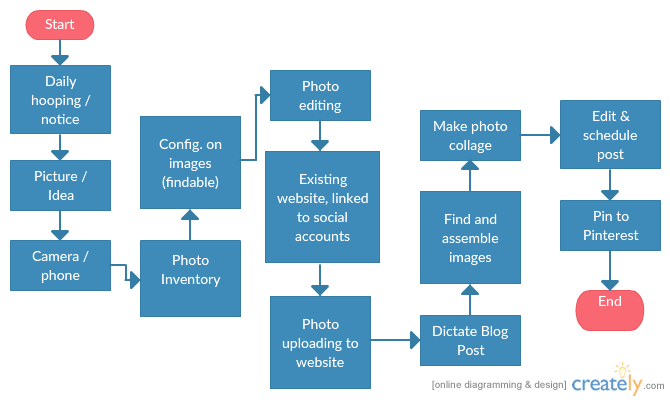

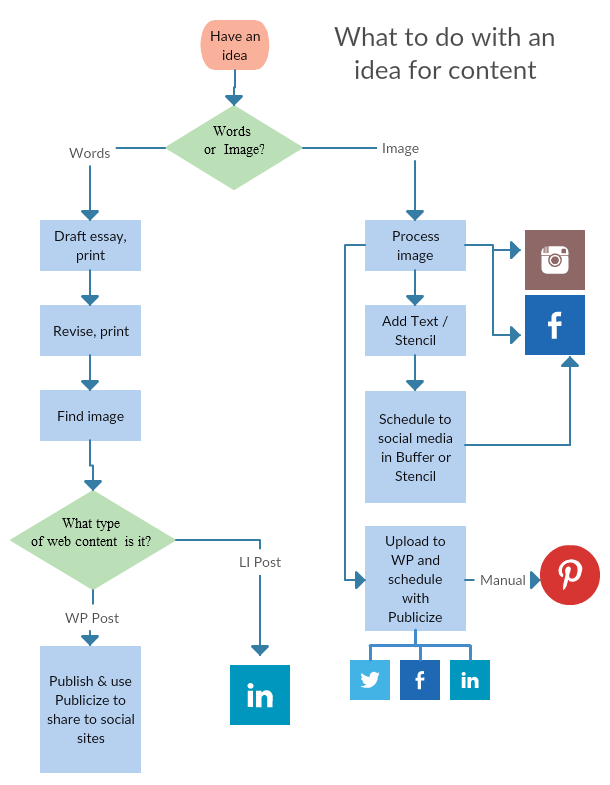


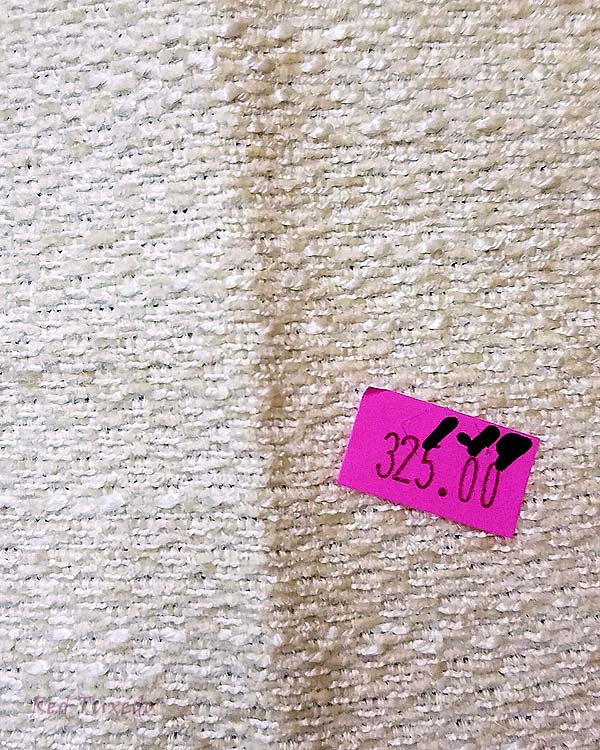
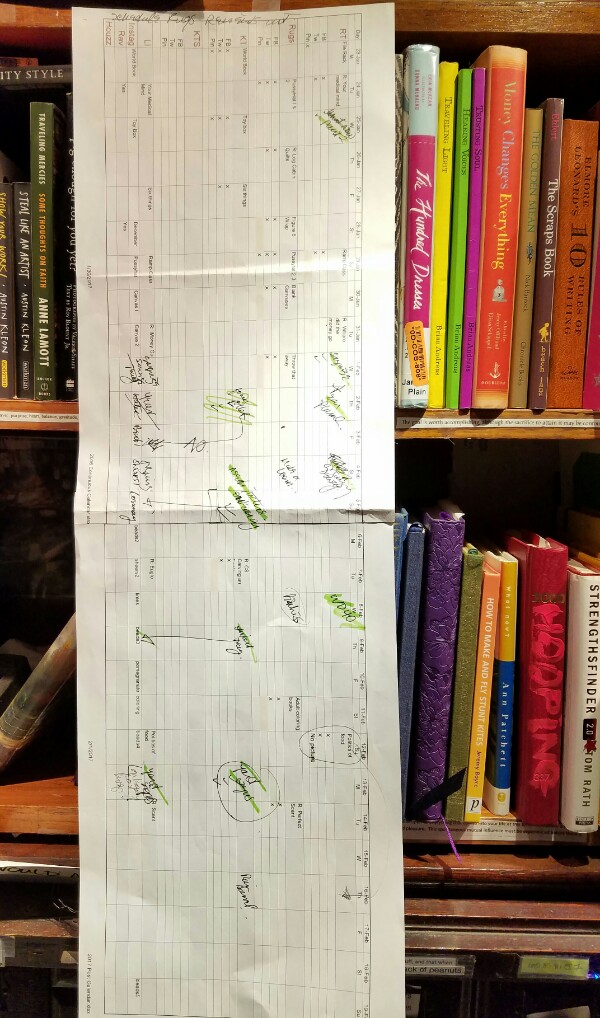
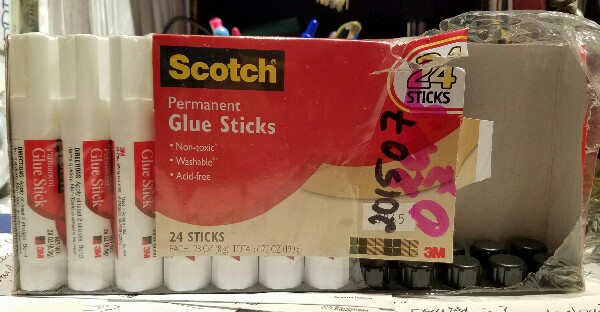
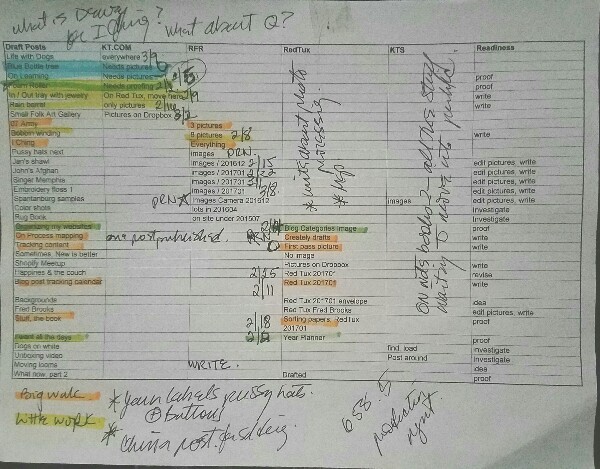
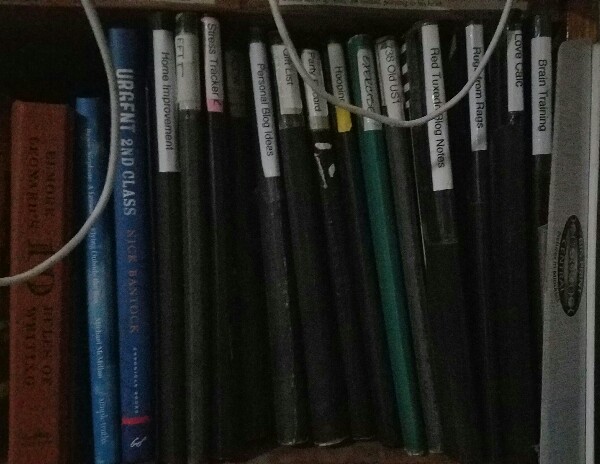
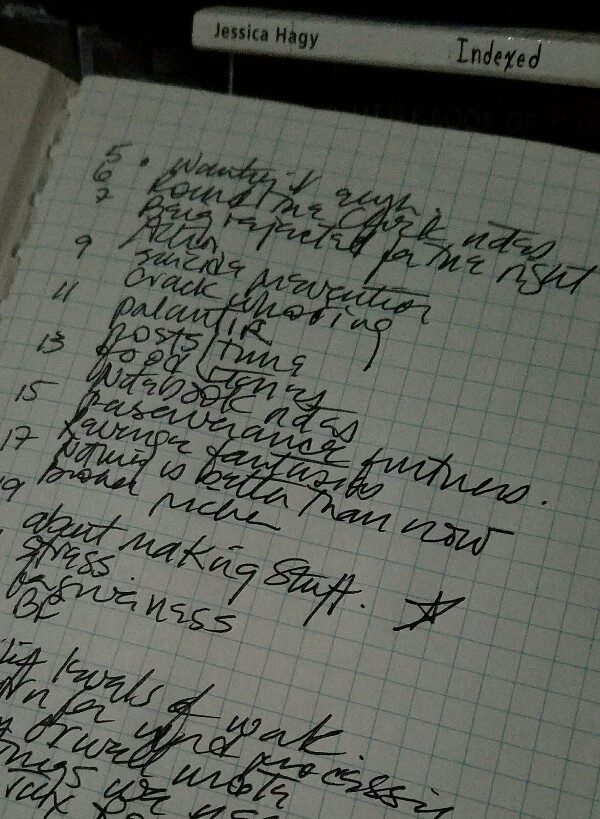



Follow Us!